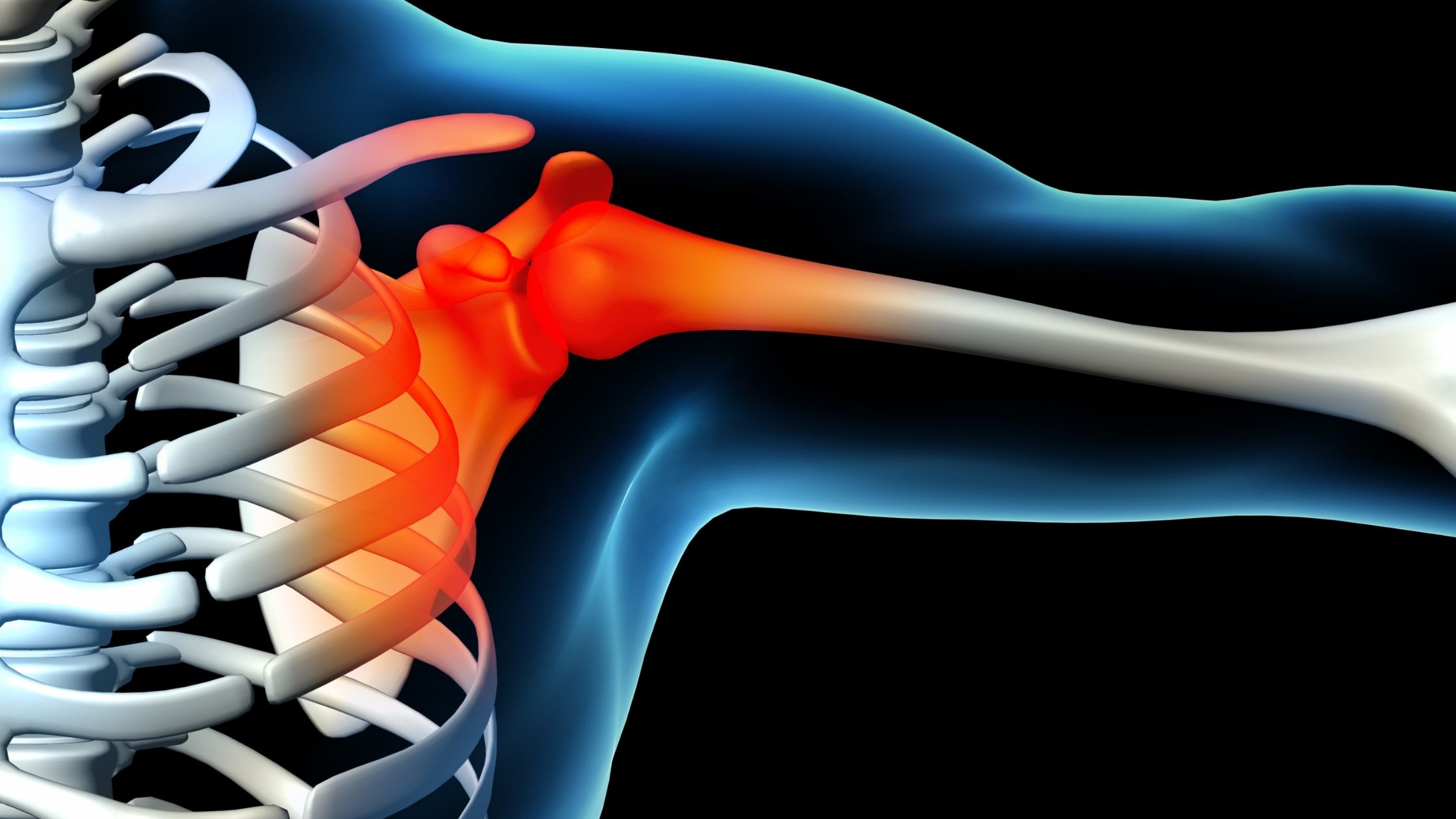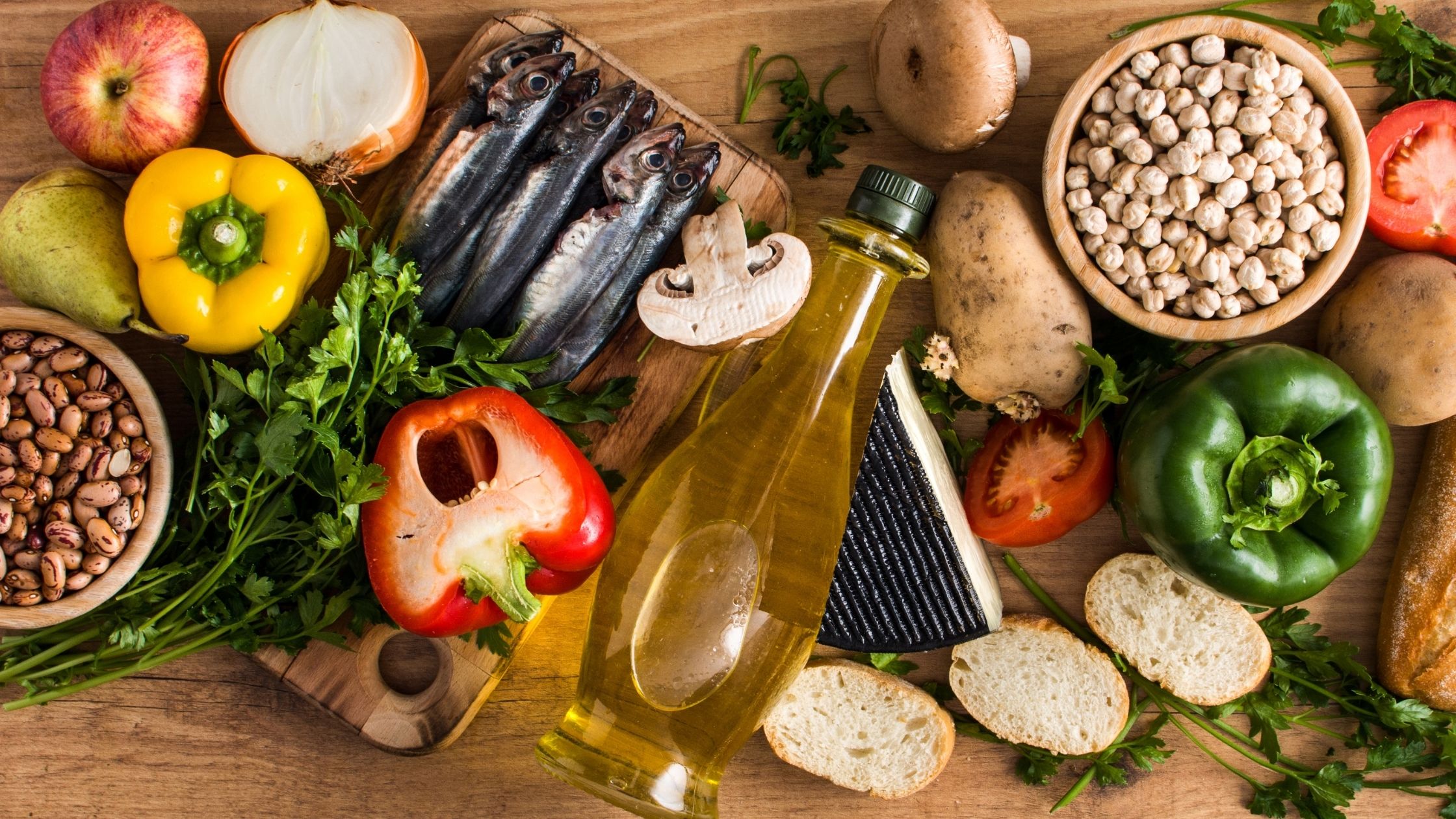What is inflammation in the body?
When thinking of the word inflammation, the image of a red, swollen, throbbing limb or organ comes to mind. For others, the term often conjures thoughts of redness, fire, and heat. But what exactly is inflammation?
Inflammation is our immune system’s response to “danger.” When we are injured or ill our immune system sends inflammatory cells to begin repairing any damaged tissue and/or trap any invading bacteria. This may cause pain, swelling, and redness, and is a natural, protective response to injury or invasion.
However, too much of a good thing can become a bad thing.
Chronic inflammation is a symptom of many diseases like cancer, arthritis, Alzheimer’s disease, and is associated with the onset of these same diseases, and many more like type 2 diabetes, obesity, and heart disease. Chronic inflammation often occurs without any noticeable symptoms and isn’t recognized until the onset of disease, infection, or other medical conditions.
What’s the good news about inflammation?
Inflammation can be reduced and sometimes eliminated! Even better? It’s mostly in your control. Even if the inflammation is due to an autoimmune disorder the symptoms can be reduced by reducing the inflammation.
If you suspect you have chronic inflammation it’s a good idea to schedule a visit with your physician, as it may be a sign of an underlying condition.
How do I know if I have inflammation?

There are five key signs of inflammation, beginning with pain. It may be mild to chronic, and noticeable in your knees, neck, back, hips, shoulders, elbows, and even ankles. It may manifest in conditions like arthritis and other joint diseases. This can be followed by:
- Chronic fatigue and insomnia
- Depression, anxiety, and mood disorders
- Gastrointestinal complications like constipation, diarrhea, and acid reflux. This may manifest in conditions like Irritable Bowel Syndrome, Pancreatitis, and other illnesses.
- Frequent infections
What is the fastest way to reduce inflammation in the body?
There are three main ways to reduce inflammation in the body, and the first one is diet.
Reduce inflammation with your diet

What we put in our bodies can either be the worst decision or the best decision we make several times every day. Studies on diet and its effect on inflammation indicate this very fact.
Adopting a healthy diet high in anti-inflammatory foods will go a long way in preventing disease and improving your overall feeling of health and well-being. Incorporating a Mediterranean Diet-like menu that includes fresh fruits and vegetables (especially leafy greens), nuts, like almonds, pine-nuts, cashews, walnuts, and whole grains, like Quinoa steel-cut oats, and millet, and fatty fish, like salmon and mackerel, is a great idea.
On the flip side of what you should eat is the list of what you should avoid. The following foods have been linked to the cause of inflammation:
- Processed foods and meats: hot dogs, pepperoni, bologna, sausages, crackers, chips, pretzels, etc.
- Sugary drinks and snacks: soda, fruit juices, and anything sweetened with sugar; cookies, candy, candy bars, cake, ice cream, etc.
- Refined carbs: white bread, white pasta, white rice, etc.
- Processed seed and vegetable oils like soybean and corn oil
- Trans fats
- Alcohol
Reduce Inflammation with Exercise

Exercise improves your heart health, protects your bones by building muscle, fights depression, and aids in weight control. It also promotes immune health, which in turn reduces inflammation. So…get moving!
If you don’t find yourself ecstatic over the thought, find a physical activity you enjoy, even if it’s dancing down the stairs to the laundry room or taking a walk around the neighbourhood.
If you’re looking for something low impact and low intensity that’s also fun, my Mobility and Stretch classes will get you moving while loosening the tightness in your soft tissue and muscles, improving your range of motion. This can protect you from injury and leaves you feeling energized.
Reduce Inflammation By Reducing Stress

I know you probably just rolled your eyes while thinking, “because that’s easy,” but there are a few simple practices you can incorporate into your daily, weekly, or monthly routine.
Yoga, as well as meditation, are proven methods of calming and focusing the mind, even if it is only 15-20 minutes per day.
Did someone say massage? Yes, please! Massage has a proven therapeutic effect on your mind and body, targeting your muscular, nervous, and circulatory systems. It’s also excellent for Pain Management and Treatment.
Another thing to consider is Red Light Therapy. Red light therapy, or RLT, improves sleep, reduces anxiety and depression, and boosts the immune system. And if that isn’t enough, it also has the potential benefit of leaving you with younger-looking skin! Learn more about red light therapy’s many benefits right here.
What should I drink to reduce inflammation?
Green Tea is an excellent alternative to coffee and has anti-inflammatory properties. Try replacing a cup or two of coffee per week, either warm or on ice. Reducing caffeine consumption where and when you can can help your inflammation.
What’s the bottom line?
Put simply, too much inflammation is harmful. It can be triggered by what we eat, the quality and quantity of our sleep, high levels of stress, and lack of exercise.
Less inflammation is good. Making a few lifestyle and diet changes will have an immediate impact. First, begin eating more anti-inflammatory foods and less inflammatory foods – grab the salad, not the muffin.
Exercise, and try a few new strategies to get you moving more and feeling better. Implement a few stress relievers that promise to deliver a more peaceful, happier existence, like yoga and meditation.
Remember, Rome wasn’t built in a day. Begin by making small changes. No one can be expected to do it all at once. Start by replacing one meal and one snack per day with foods from the anti-inflammatory list and take the stairs instead of the elevator.
If this is overwhelming, begin even smaller. What matters is that you start somewhere. Slow and steady wins the race. If you are not sure where to begin or what will work for your specific needs, schedule a Free Consult with me. With more than 25 years of experience in helping people with inflammation, I understand how to address your specific inflammation issues, and I can offer a variety of therapies and a diverse range of treatment options.
You can control and even reverse inflammation by taking steps to manage your health, and I would be happy to work with you on that journey!
Did you like this article? You might also like:
The Amazing Benefits of Red Light Therapy
Is Oxidative Stress Behind Your Pain and Stiffness?



0 Comments